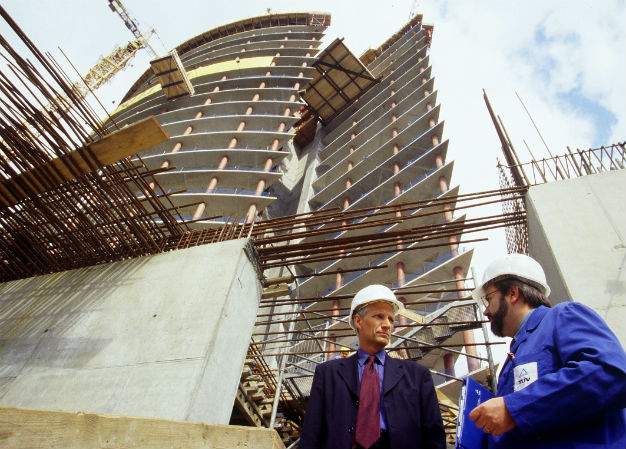Construction companies can’t afford to scrimp on jobsite safety because even a single accident comes at too high a price, say industry professionals and insurers.
However, the growing availability of safety wearables, site sensors, exoskeletons, image-generating drones and other safety-oriented systems raises a key question: Are the results they provide worth the costs, particularly among contractors with limited dollars at their disposal?
As expected, the answers vary. Insurers and risk-management consultants continually take a “fresh look” at safety plans and operations, assisting contractors of all sizes in identifying initiatives best suited for reducing their exposure.
Deeper investment in technological innovation may or may not figure into the equation. Wearables—including GPS- or RFID-based devices worn by tradespeople—allow on-site managers to monitor worker locations and movements in real time via wireless, cloud-based mobile interfaces. Some, including an RFID-based system adopted by Kansas City, Mo.-based contractor JE Dunn Construction, “identify worker presence on site, as well store information on worker training and capabilities,” says Matt Ogle, a regional safety manager with JE Dunn.
The system also is equipped with evacuation alerts that site supervisors can deploy in the event of weather disturbances or other hazards near the site, he says. However, one school of thought suggests wearables may prove more beneficial for large, complex, heavily populated sites that are more frequently associated with larger firms rather than smaller ones.
Beyond the use of wearables, smaller firms can—and should—leverage technologies at their disposal, including smart phones to group-text colleagues about safety-related information that includes descriptions and photographs, Ogle says. Likewise, they can use phones to download apps with real-time weather forecasts and alerts, like WeatherBug.
“Technology plays a wonderful role in keeping workers safe during activities such as large excavations, when a wearable will advise of my proximity to another worker, but it always should be regarded as a tool,” says Rodney Spencley, corporate director of safety, quality and labor relations with Redwood City, Calif.-based DPR Construction. “People are the answer. The key is engagement with your craftsmen and trade partners so that when you request they perform a safety-related task, it’s with the understanding we want to send them home safely every day,” he says.
Read more on this article at Engineering News-Record
